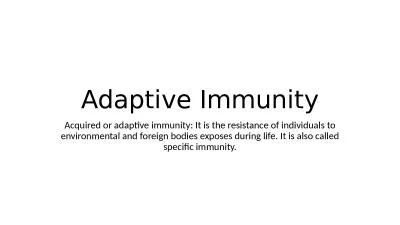PPT-CoCo : Sound and Adaptive Replacement of Java Collections
Author : volatilenestle | Published Date : 2020-06-15
Guoqing Harry Xu Department of Computer Science University of California Irvine Performance Concerns Programming with abstractions Modern languages exhibit clear
Presentation Embed Code
Download Presentation
Download Presentation The PPT/PDF document "CoCo : Sound and Adaptive Replacement of..." is the property of its rightful owner. Permission is granted to download and print the materials on this website for personal, non-commercial use only, and to display it on your personal computer provided you do not modify the materials and that you retain all copyright notices contained in the materials. By downloading content from our website, you accept the terms of this agreement.
CoCo : Sound and Adaptive Replacement of Java Collections: Transcript
Download Rules Of Document
"CoCo : Sound and Adaptive Replacement of Java Collections"The content belongs to its owner. You may download and print it for personal use, without modification, and keep all copyright notices. By downloading, you agree to these terms.
Related Documents

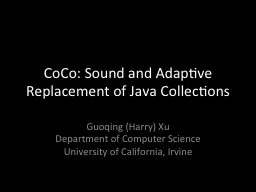

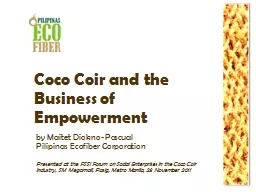


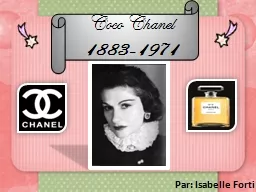

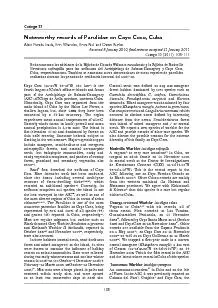
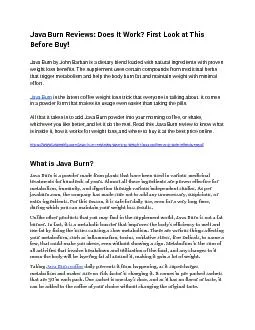

![[eBOOK]-java programming book.effective java coding problems for beginners and dummies](https://thumbs.docslides.com/973026/ebook-java-programming-book-effective-java-coding-problems-for-beginners-and-dummies-8th-edition-2021-2022-java-book-programming-java-for-beginners-java-a-beginner-s-guide.jpg)
![[READING BOOK]-Java: Java For Beginners Guide To Learn Java And Java Programming (Java](https://thumbs.docslides.com/973988/reading-book-java-java-for-beginners-guide-to-learn-java-and-java-programming-java-programming-books.jpg)
